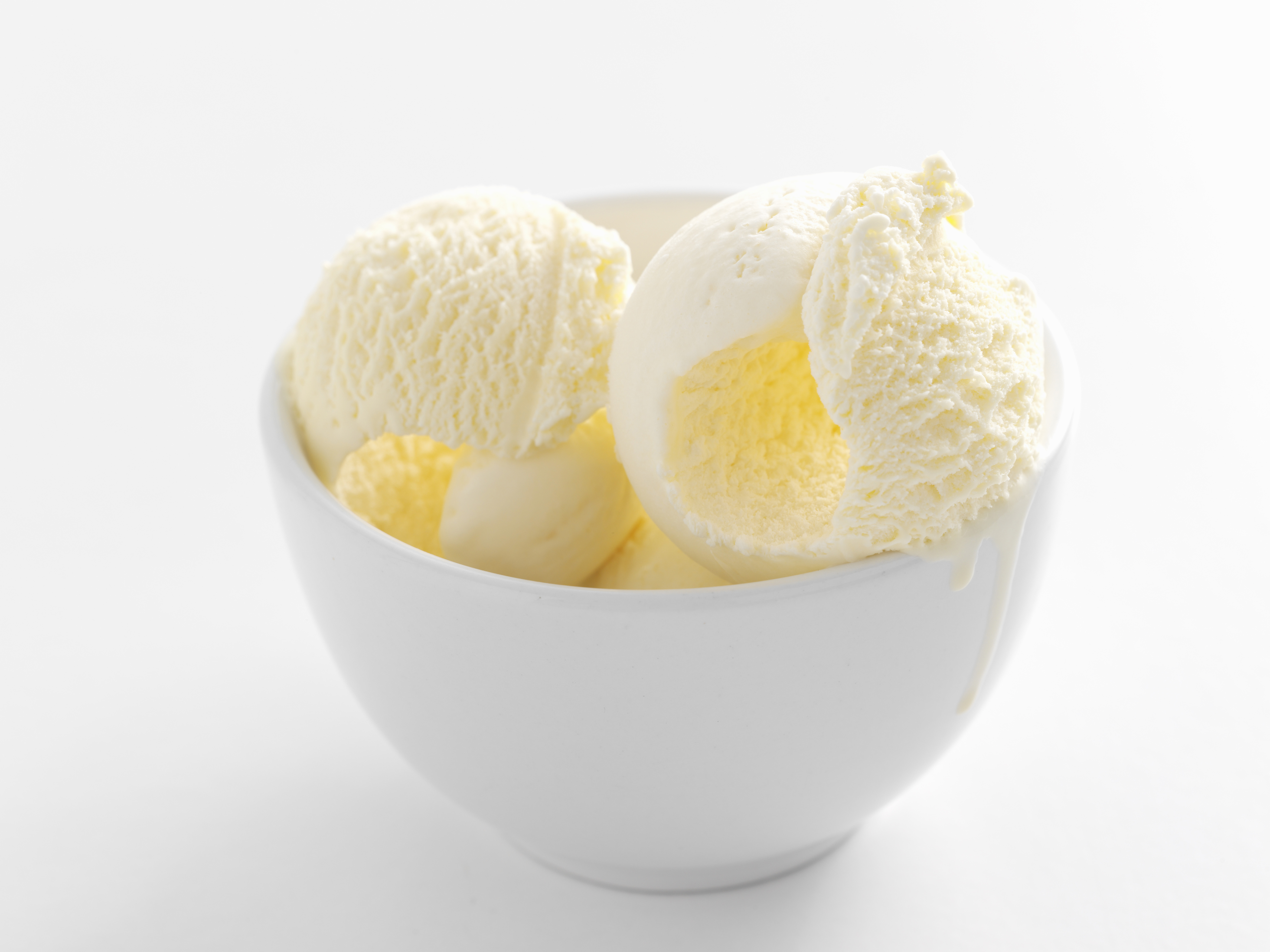
Oil, the ubiquitous fossil fuel, is not just powering our cars and heating our homes — it's also hiding in plain sight, playing a surprising role in many everyday items you might not expect. Petrochemicals derived from oil and natural gas are used in more than 6,000 everyday products. From foods to beauty care products, here are 10 things you probably didn't know were made from oil.
Related: The end of oil is coming. Here's what it will look like
Chocolate
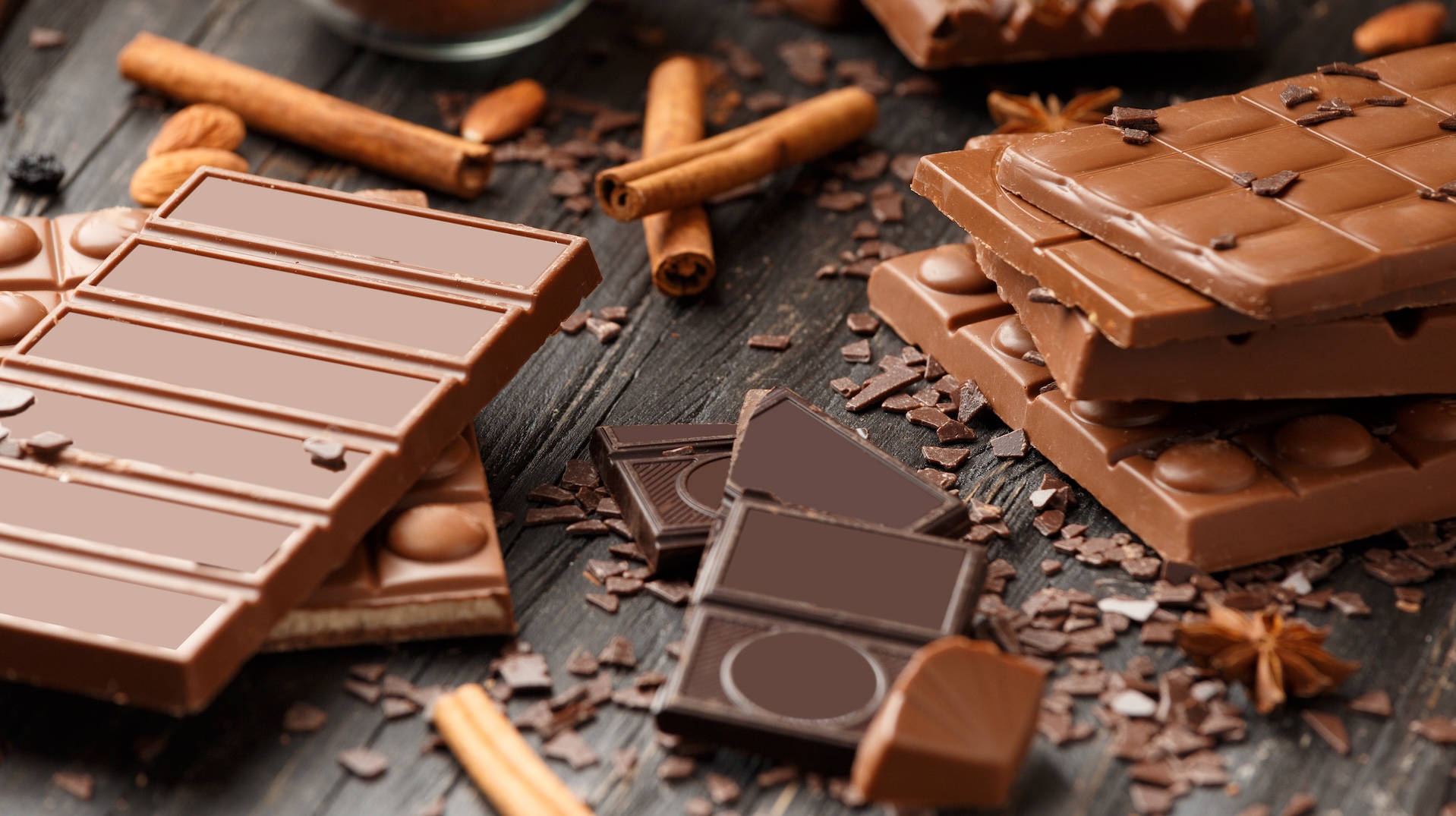
Chocolate coatings sometimes contain food-grade paraffin wax, which is derived from petroleum, coal or shale oil. When blended into chocolate, it can create a glossy sheen upon hardening and helps keep chocolate solid at higher temperatures, as it has a low melting point. It also helps keep chocolate from sticking to molds, making it easier to remove the finished product intact. When eaten, the wax remains undigested in the body, but that doesn't mean it's unsafe: A 2023 study by the European Food Safety Authority found no safety concerns associated with the oil-based food product.
Toothpaste
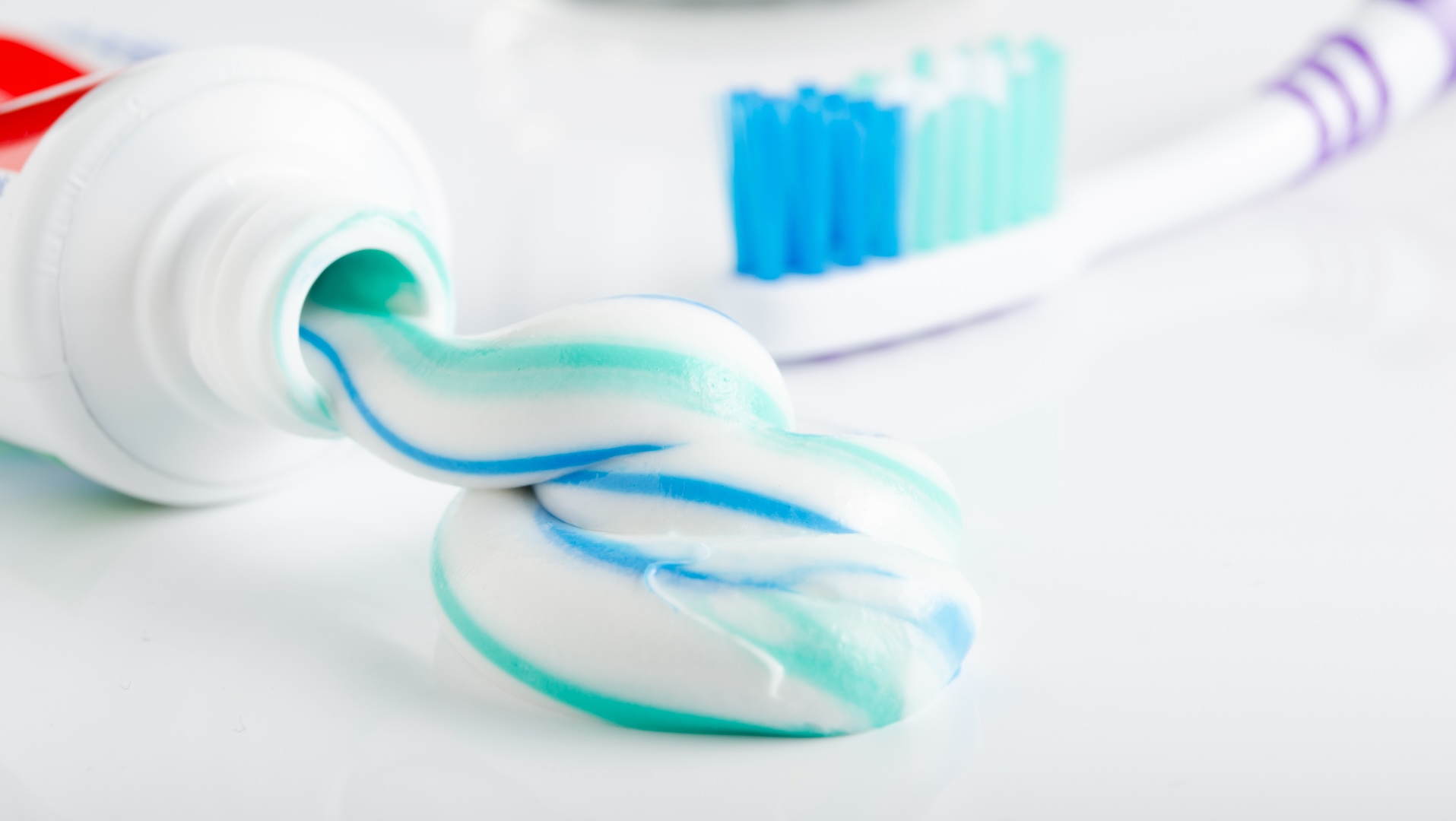
Toothpaste may contain oil derivatives, like polyethylene glycol, which are added for several reasons, including flavoring, antibacterial properties and texture. In addition, several manufacturers use a petroleum derivative called poloxamer 407 to help toothpaste dissolve in water, as well as sodium saccharin, an artificial sweetener that kills plaque and is derived from petroleum.
Perfume
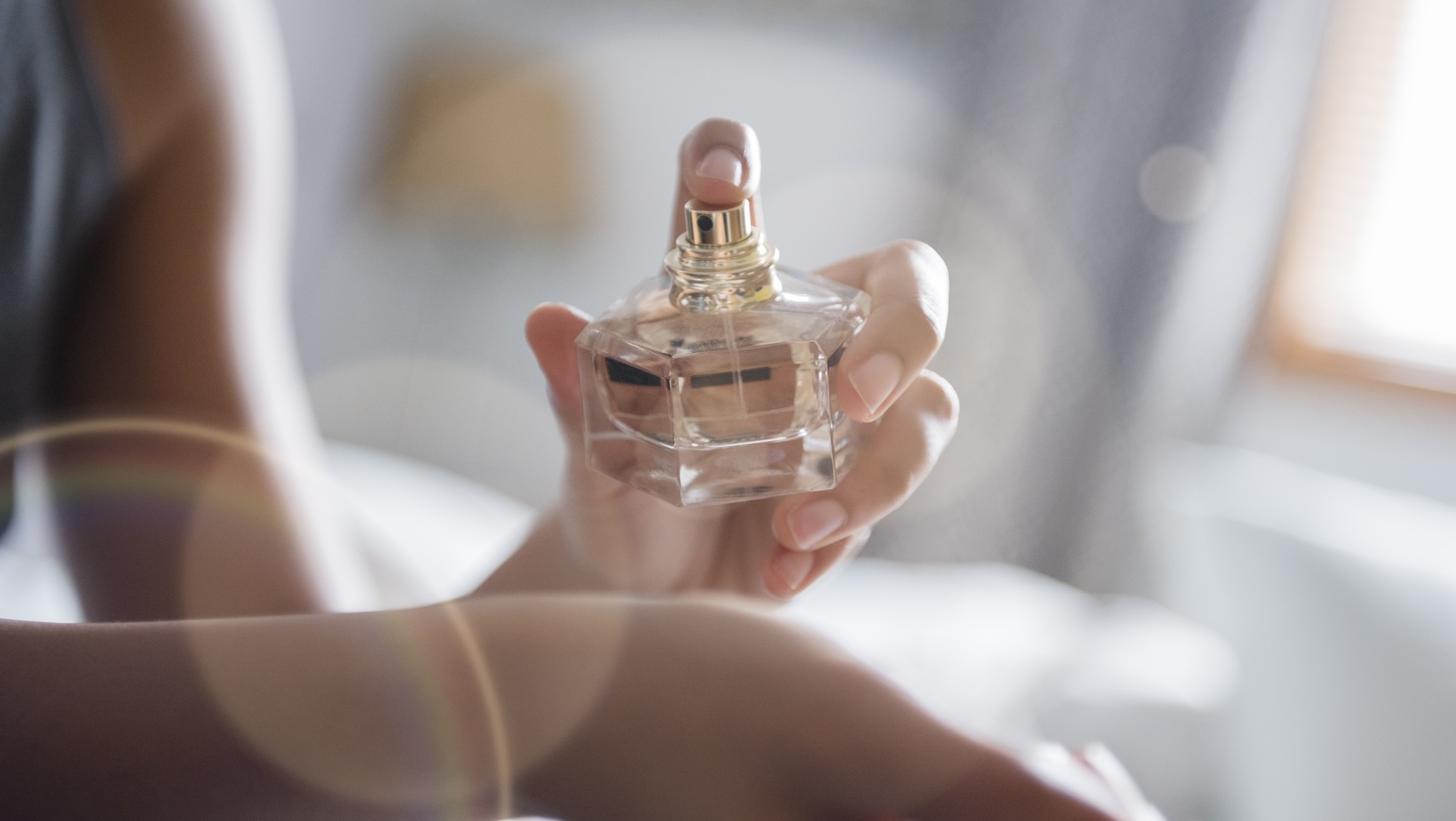
When you dab your wrists with perfume or cologne, chances are you're putting the bones of long-dead animals on your body. Many fragrances use petroleum-derived oils instead of natural essential oils. For example, Iso E Super offers a woody, amber-like aroma, while hedione provides a jasmine scent. Galaxolide, another synthetic oil, is known for its long-lasting base note.
Paint
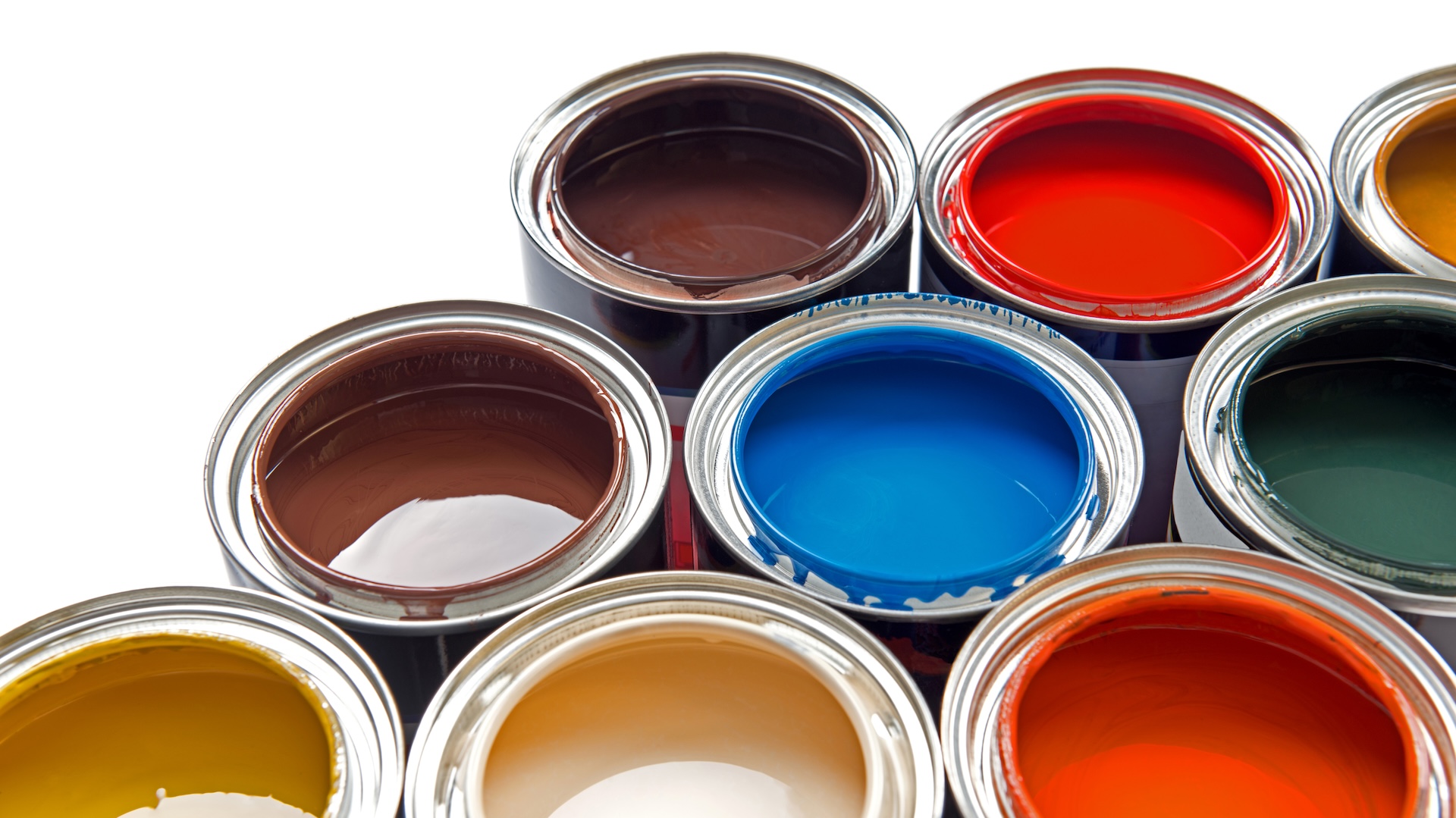
Adding plastic polymers to paint makes them water-resistant and more durable — and plastic is made from oil. Plastic-based paints can adhere well to surfaces and crack less than other natural options. Synthetic oils can also allow for a bigger range of colors. But eventually, as the paint ages or dries, it flakes off. Some paints are actually made up of more than one-third plastics. According to a report from The World Economic Forum, the amount of microplastics from paint specifically from steel surfaces that enter waterways is equivalent to 150-225 billion plastic bottles.
Pills
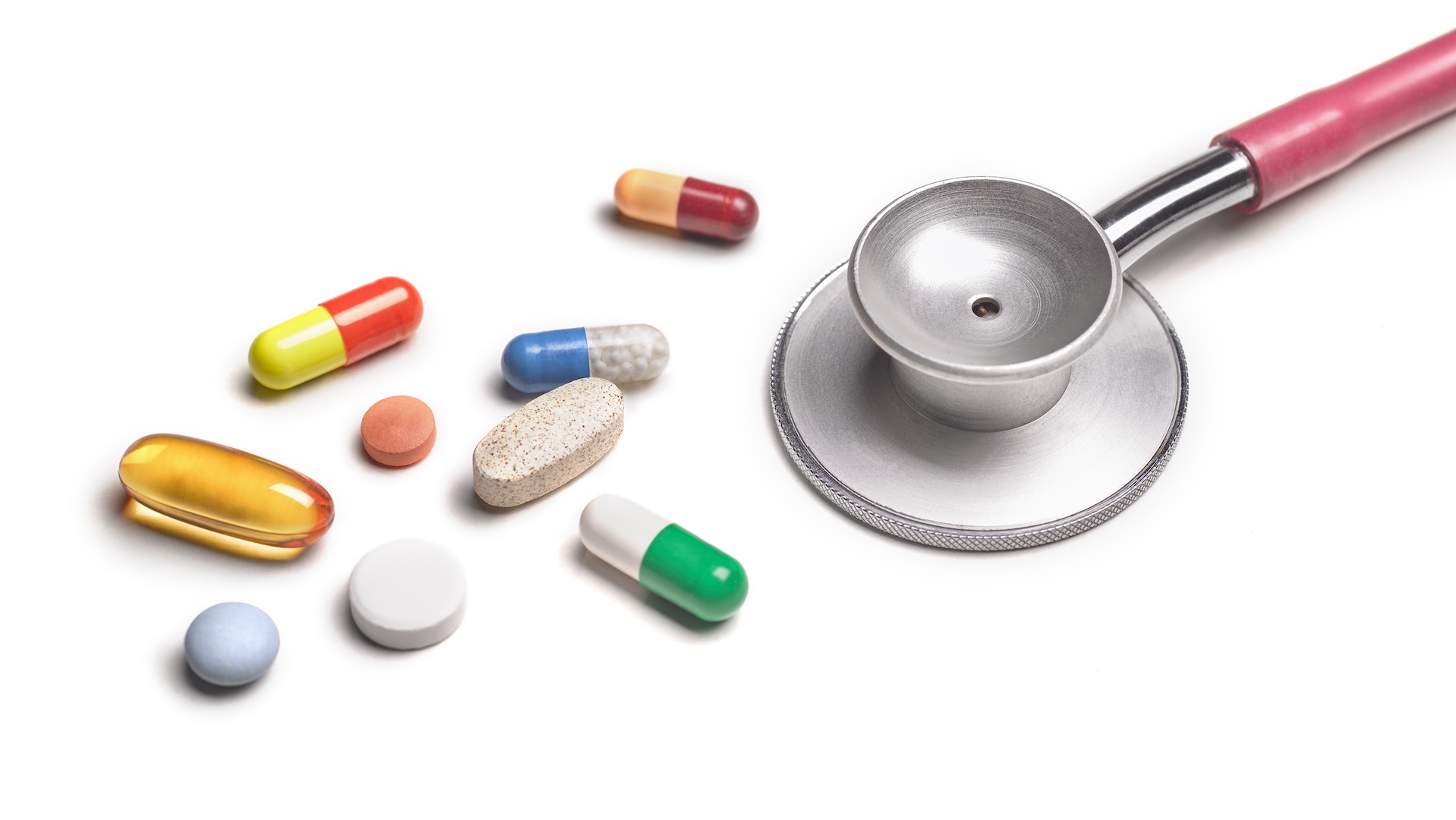
Many pills are coated in plastic to make swallowing them easier and prevent pills from sticking together. Synthetic components also keep active ingredients from degrading so the products have a longer shelf life. Natural alternatives do exist, a study from the National Library of Medicine found that synthetics are used for modified release, environmental protection, and taste masking.
Vanilla ice cream

Petroleum-derived synthetic oils are often used in food flavorings, like vanilla, almond and lemon. These synthetic compounds can be engineered to replicate specific flavors, providing a consistent taste profile across batches. They're cheap and versatile, enabling them to create a wide variety of flavors to meet consumer demand. Benzaldehyde (almond flavor) and vanillin (vanilla flavor), for instance, are both derived from petroleum.
Petroleum jelly
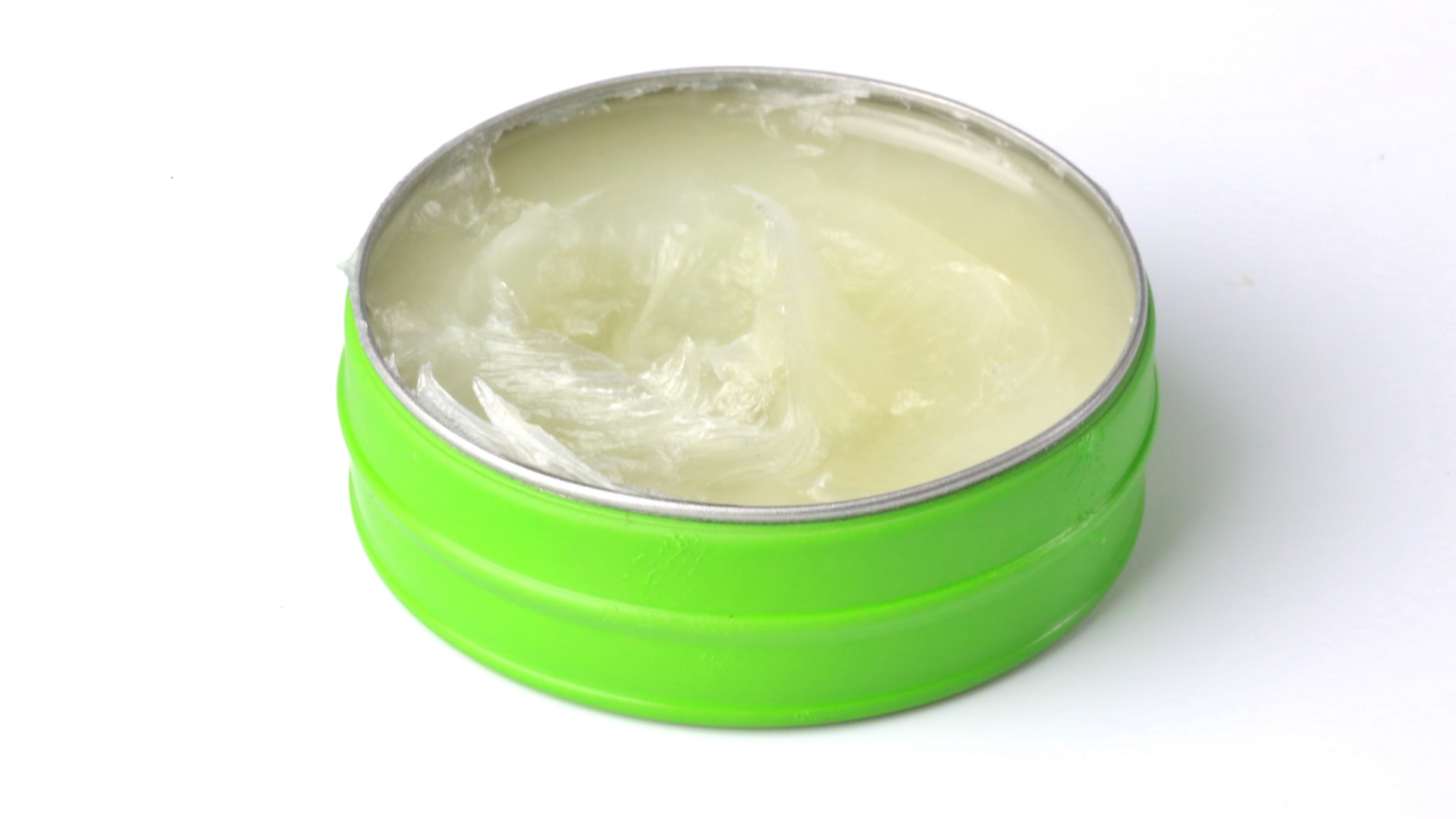
Petroleum jelly is a widely used product that serves a variety of purposes, especially for skin protection and moisturizer. From soothing dry, cracked skin to acting as a protective barrier post-tattoo, this unassuming product is widely popular. Unsurprisingly, given its name, petroleum jelly is derived from natural gas and oil. Crude oil is first distilled to separate it into various components, one of which is a heavy, waxy substance called petrolatum. This substance is then further refined and purified to create usable petroleum jelly.
Laxatives

Laxatives are made from polyethylene glycol which is a petroleum product, also found in toothpaste. Polyethylene glycol pulls water into your colon, making stool softer and your trip to the bathroom smoother. Some laxatives contain mineral oil, according to Harvard Health, which can be derived from petroleum and forms a slippery film in the intestines.
Shaving cream
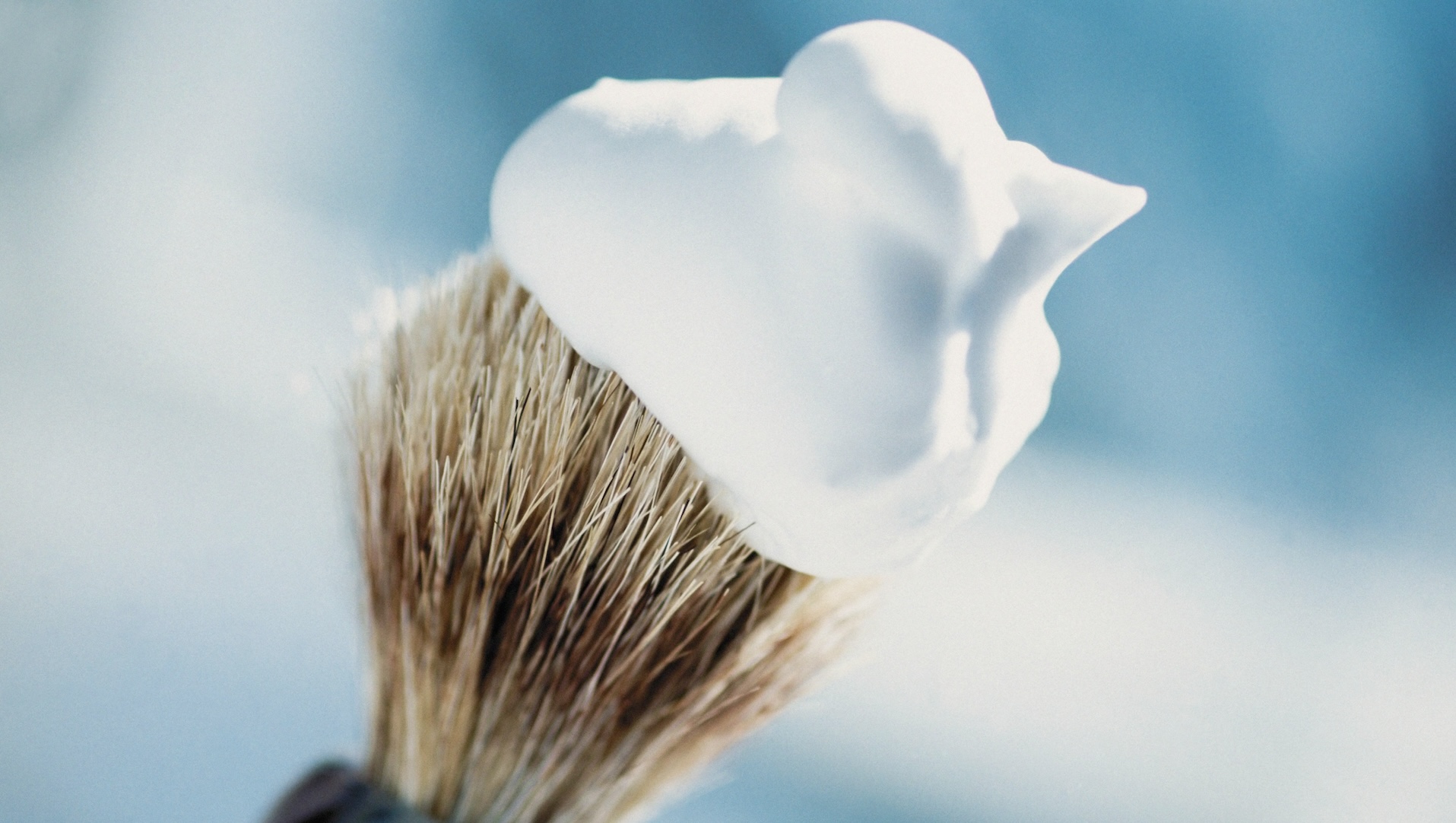
Shaving cream contains oil, in the form of something called isopentane, which is derived from crude oil. Isopentane helps break down sebum, or an oily substance on human skin, and causes hair to stand up, making them easier to shave off. In addition, shaving products often use polyethylene glycol, which is also used in laxatives and sexual lubricants. It's versatile and stable, creating a protective barrier on the skin to reduce friction and irritation.
Air fresheners
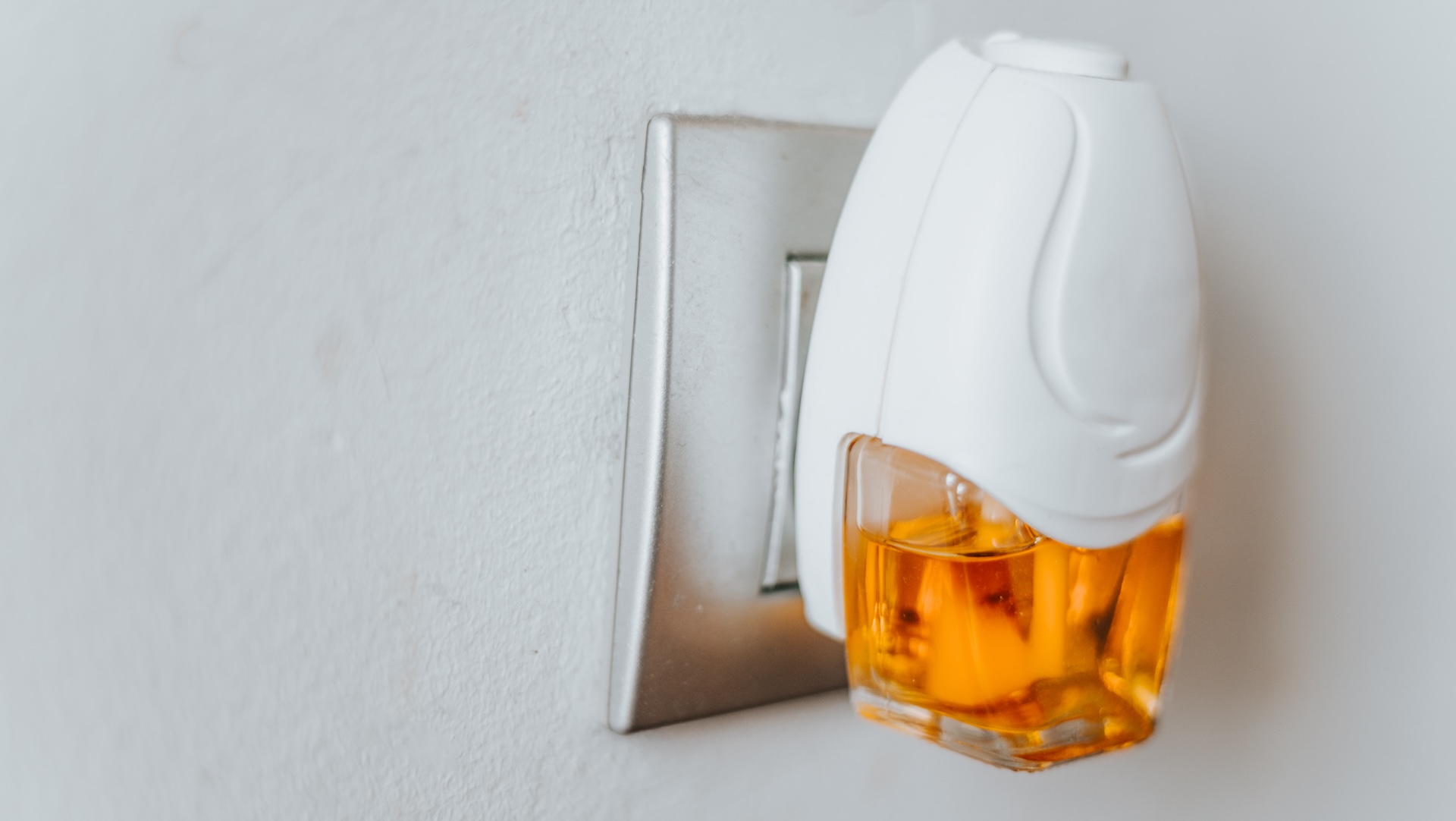
Air fresheners often contain petroleum-derived oils to create pleasant scents that can last longer and be more consistent than natural oils. These synthetic oils are designed to mimic popular fragrances and can be formulated to release gradually over time, providing a long-lasting scent.







